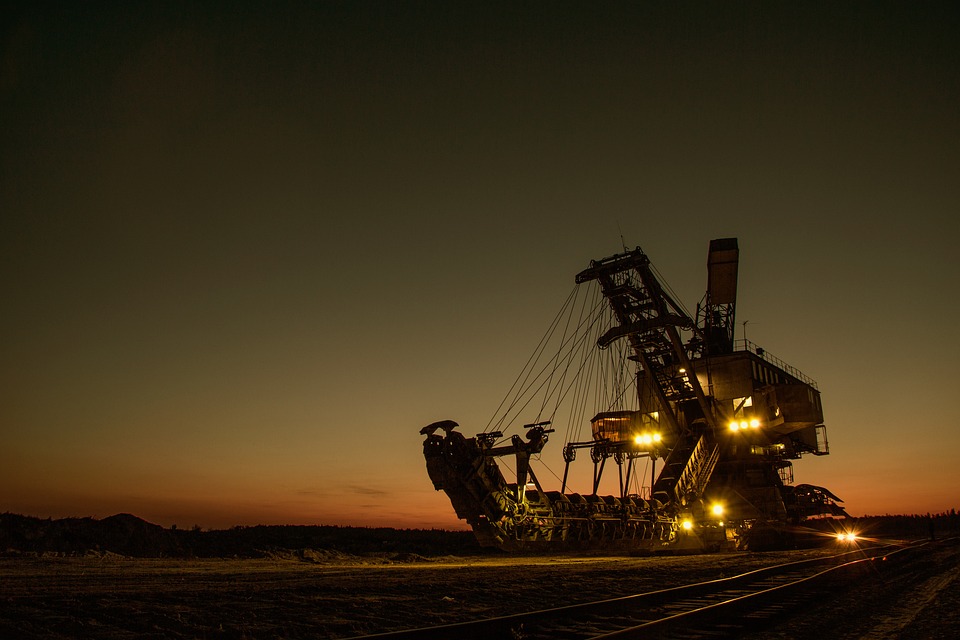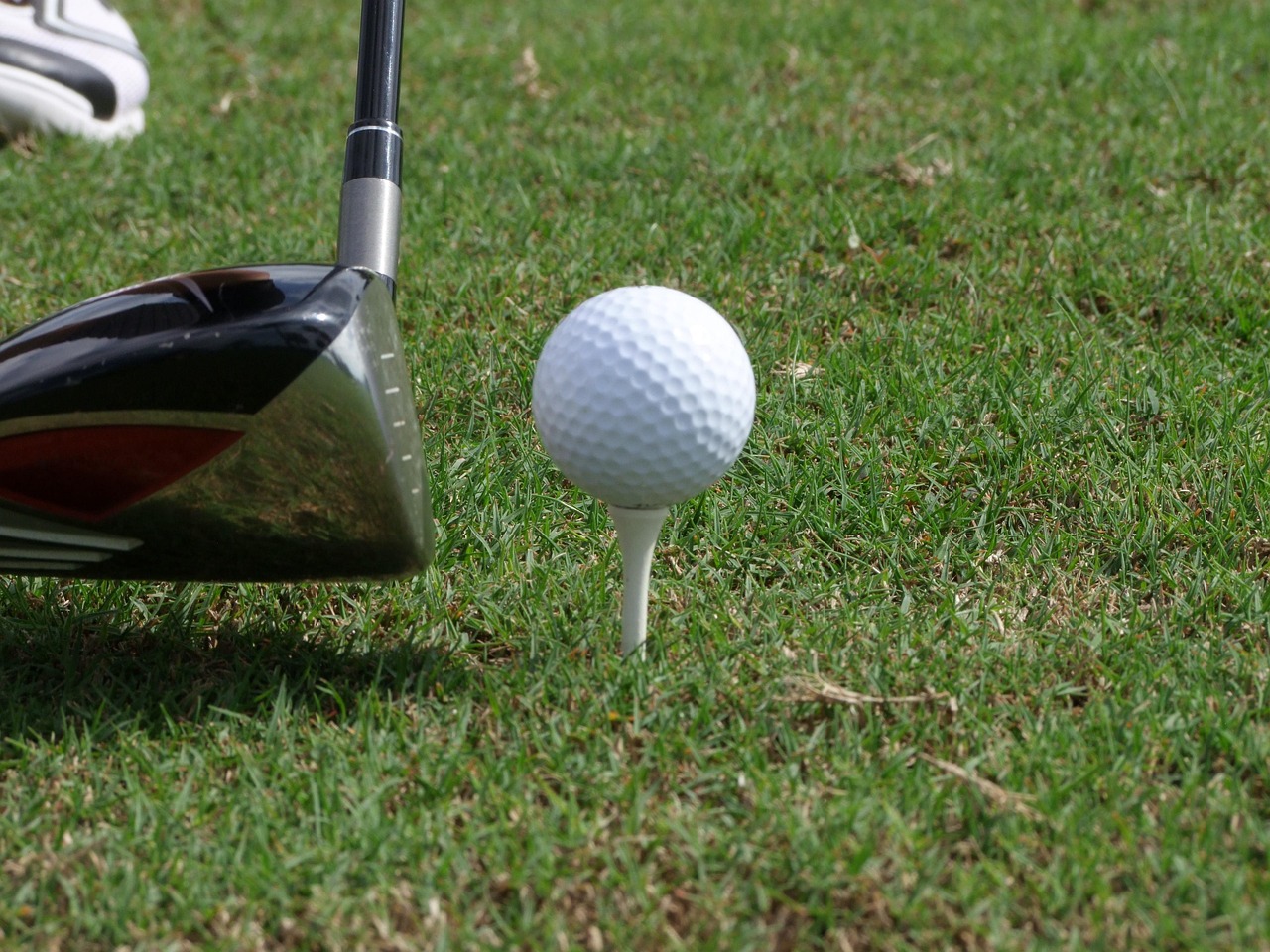Crushers and screens are essential components of any material processing operation, from mining and quarrying to aggregate production. They come in various sizes and types, including jaw crushers, cone crushers, impact crushers, hammer crushers, gyratory crushers, and vibrating screens.
What should I know about this?
They are used to reduce the size of materials for further processing or end-use applications. Each type has advantages and disadvantages that you should consider when selecting the suitable crusher or screen for your operations.
Jaw crushers use two jaws — one vertical and one horizontal — to break up chunks of rock or ore. The motion of the vertical jaw is driven by an eccentric shaft, while a pitman’s arm causes the flat jaw. The crusher size can be adjusted depending on the size of the material to be processed and the capacity and type of material being crushed.
Cone crushers are used for secondary crushing and fine crushing. They use compression by squeezing the material between an eccentrically rotating cone and a bowl liner or mantle. Different crusher types have various features, such as large feed openings or increased power for increased throughputs.
We hope this information has been useful to you.






